how to find the least common denominator
What is the lowest common denominator?
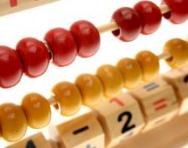
We explain what the lowest common denominator is and how to find it and use it to compare different fractions, as well as giving examples of how the concept might be taught to your primary-school child.
What is the lowest common denominator?
The lowest common denominator is the smallest number that is exactly divisible by each denominator of a set of fractions. It is sometimes known as the least common denominator.

Finding the lowest common denominator
Children in Year 5 need to add and subtract fractions that have denominators that are all multiples of the same number. They also need to order sets of fractions by converting them to fractions with a common denominator.
In Year 6 children add and subtract fractions and order fractions with denominators that need converting.
Here is an explanation of how to find the lowest common denominator:
Sometimes, when we have to add two fractions, we cannot do this, because the denominators are different, for example:
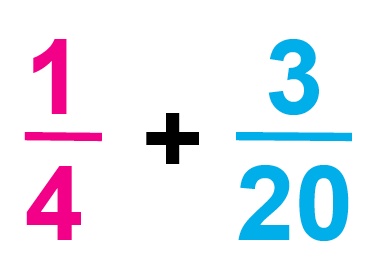
To be able to add two fractions, both the denominators need to be the same.
To find the lowest common denominator, we see if the larger denominator (20) can be divided by the smaller denominator (4).
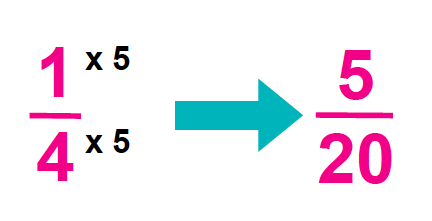
We then need to work out what we need to multiply the 4 by, to make 20 (this is 5).
Therefore, we multiply 1/4 by 5, so that it becomes 5/20.
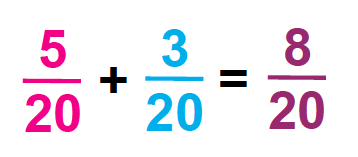
You can then add 5/20 and 3/20 which makes 8/20. (This could then be simplified down to 4/10).
Another example is these fractions:
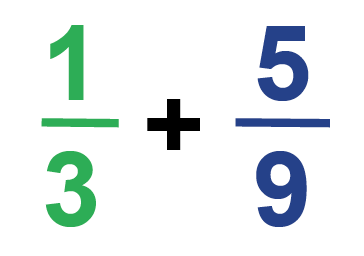
The larger denominator (9) is a multiple of the smaller denominator (3).
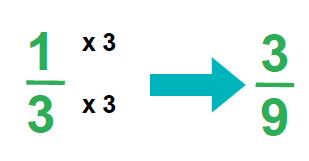
If we multiply 1/3 by 3, the fraction becomes 3/9. Now we can add 3/9 and 5/9 to make 8/9.
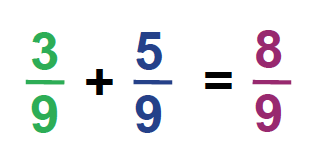

More like this
how to find the least common denominator
Source: https://www.theschoolrun.com/what-is-the-lowest-common-denominator
Posted by: pettispoicts.blogspot.com

0 Response to "how to find the least common denominator"
Post a Comment